Best Replica Watches Info
A Legendary Timepiece That Went Down In History, Fake Designer Watches
Certain models have become symbols of milestones in the history of watchmaking, whether for technical, scientific, or aesthetic reasons. Below are five watches that have written history, each with its own story.
1. A pendant watch that predates Huygens: boldly displays time and challenges theology
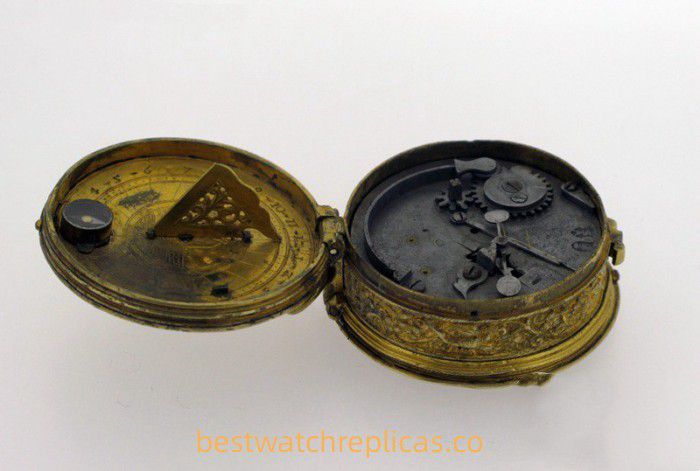
Unnamed pendant watch from Augsburg, Germany, late 16th century
This is an unknown pendant watch produced in Augsburg, Germany, at the end of the 16th century and now in the Le Locle Clock Museum-Mont Castle. The movement it houses is equipped with an original power regulation system (based on a spring-loaded cam mechanism) rather than a fusée and chain transmission. What did early portable timepieces look like? This is an exciting example. Considering the lack of equipment and tools needed to produce small components, it was not easy to create such a small and charming watch.
This rare single-hand instrument has a sundial and compass for stop-and-go control and reset. Then, in 1674, Dutch mathematician Christian Huygens invented the spiral balance spring, but this pendant watch still needed to be improved. Therefore, like all watches before the end of the 17th century, this pendant watch has a crown wheel escapement, an inertia block crossbar, and two bristles to exert the force that pushes back the balance wheel. In fact, after 1674, most of the watches originally equipped with crown wheel escapements were improved and re-equipped with the famous spiral balance spring, thus achieving an accuracy leap from half an hour to one minute on a daily average. Of course, this pendant watch is a beautiful story compared to the less reliable time display. Fake designer watches.
2. John Harrison H4 marine chronometer: pursuit of precision
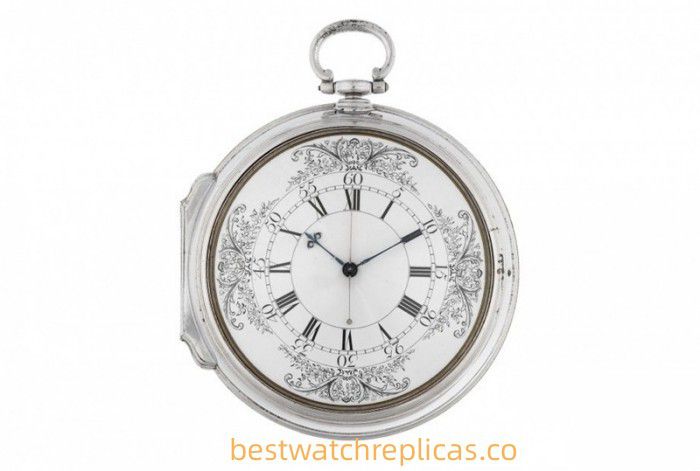
John Harrison H4 marine chronometer
John Harrison was born into a family of carpenters, and his occupation was building large wooden grandfather clocks. Edmond Halley took him to visit George Graham so that the latter could do justice to the work of the self-taught watchmaker. John Harrison accepted the challenge of inventing a marine clock to measure longitude accurately. The academics at the time thought he had lost his mind, but John Harrison was unmoved and applied for funding to the Longitude Committee again in 1755. A few years later, H4 was born. Its specifications are about the same as a carriage watch. It is innovative and accurate. The fleet equipped with this instrument guaranteed Britain to win maritime hegemony.
How important is it? Between 1763 and 1766, Ferdinand Berthoud, who served France then, came to England several times to find out about the marine chronometer. John Harrison ignored such inquiries. Eventually, Thomas Mudge, a student of George Graham and the inventor of the lever escapement revealed all of this to the French after learning the H4. Production details. Equipped with a crown wheel escapement, this marine chronometer proves that a simple, perfectly adjusted time-measuring instrument can achieve accurate positioning at sea.
3.Leroy01: Keep asking for more
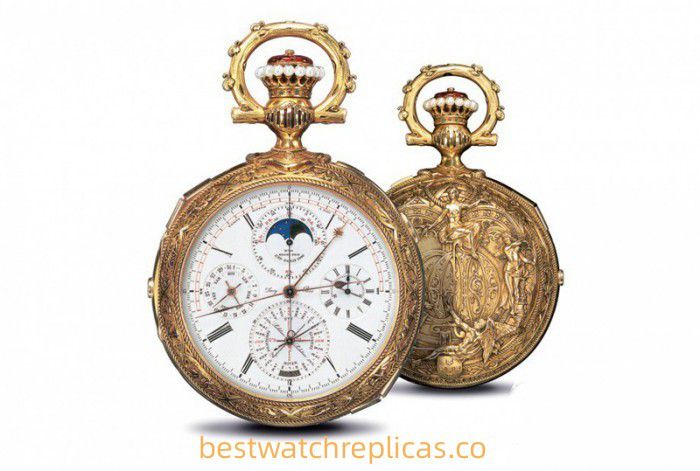
Leroy 01 pocket watch, exhibited at the 1900 Paris World’s Fair
Watchmakers always seem to have the magical power to reduce complexity to simplicity. In the wave of the Industrial Revolution in the late 19th century, future elites were never tired of fierce competition. For those who move and influence the world, traditional watches can no longer satisfy them. Timepieces, a symbol of power for over four centuries, are now poised to reach new heights. The method is to integrate the most known complex functions into a nearly normal-sized watch case. The first pioneer was the Leroy 01, a pocket watch exhibited at the 1900 Paris World’s Fair.
This pocket watch is 71 mm in diameter and equipped with 24 complex functions, some of which have never been seen before, including a barometer, altimeter, replaceable sky map, and the ability to display time information for 125 cities worldwide. Mechanical miracle! Leroy 01 maintained its reputation as “the most complex timepiece in the world” for 89 years until 1989 Patek Philippe launched the Caliber 89 pocket watch. In addition, super complex timepieces well-known to watch fans include Henry Graves, James Ward Packard, Star Caliber 2000, and Vacheron Constantin, reference number 57260, which just came out last year.
4. Rolex from Oyster to Oyster Perpetual: Legend
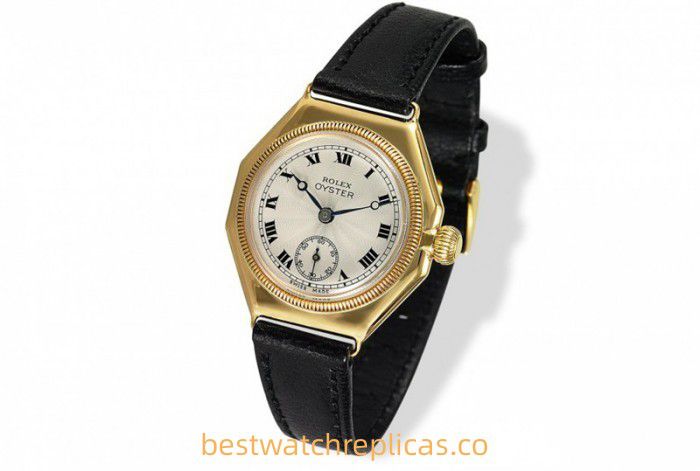
Rolex Oyster watch, produced in 1927
In 1908, Hans Wilsdorf officially registered the Rolex trademark. Rolex has achieved rapid development in this fashionable and small watch field by providing simple and practical solutions to recurring precision problems and water resistance issues. Since 1910, Rolex began to put watches through tests and obtain certificates, partially solving the accuracy problem. However, the reliability of the timepiece in harsh conditions is still a question mark. The First World War (1914-1918) effectively promoted the popularity of wristwatch wearing but also highlighted the shortcomings of existing products in terms of water and dust resistance.
Many watchmakers were working hard to overcome this technical problem, and finally, Hans Wilsdorf provided the most convincing solution in 1926: the first Oyster watch. In 1927, Mercedes Gillis made a historic crossing of the English Channel wearing an Oyster watch (the first equipped with a screw-lock crown), and Rolex won a considerable reputation in sports watches. Rolex then developed a revolutionary movement that could wind automatically as the wearer moved, further consolidating its leading position. In 1931 the patented self-winding mechanism (via 360° pendulum rotation) was born. The advent of these two key technologies pushed Rolex to the top of the watchmaking brand pyramid.
5. Omega Speedmaster: Space Traveler
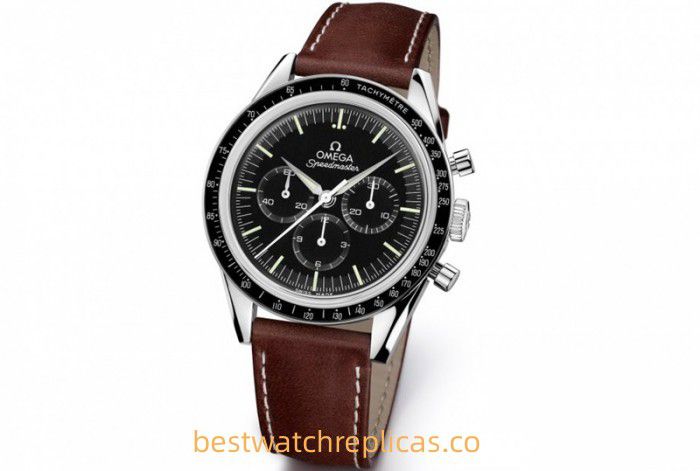
Omega Speedmaster watch
The Omega Speedmaster Chronograph, the legendary Moonwatch, was launched in 1957 during the Cold War. In 1962, NASA set out to select a clock with excellent performance. After layers of screening and rigorous testing, the Omega Speedmaster stood out. In 1963, to protect the chronograph buttons and crown from unnecessary collisions, Omega slightly adjusted the case of the Speedmaster watch (42 mm, asymmetric design), namely ST105.012. In 1965, the Omega Speedmaster chronograph received NASA-endorsed participation in all manned space missions. On March 23 of the same year, Virgil I. Grissom and John Young boarded the Titan II launch vehicle to carry out the Gemini 3 mission, wearing Omega Speedmaster imitation watches.
Over the next few years, the space mission continued without significant changes to the Speedmaster except for replacing the metal bracelet with a Velcro strap (another Swiss invention). Until 1968, the column wheel Lémania Caliber 321 movement was replaced by the cam mechanism Lémania Caliber 861 movement (now Caliber 1861 movement, but there is no significant change compared with the traditional version). The Speedmaster watch equipped with this movement was also given a new model number: ST145.022. All of this is inseparable from the support of Omega creative director Pierre Moinat and designer Claude Baillod. Since then, the Omega Speedmaster Chronograph has continued its legendary journey with only minor adjustments, such as introducing different finishes and sapphire crystals. But you must know that the myth from outer space cannot be challenged without profound, radical changes.
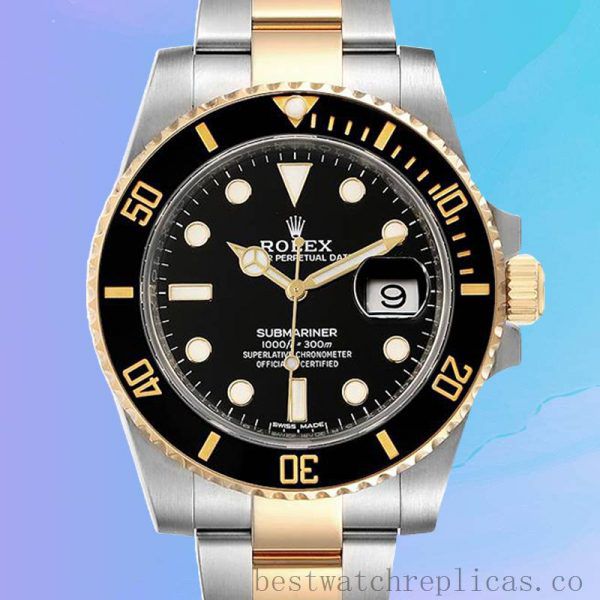
Band Length: 19cm
Gender: Men’s
Series: Submariner
Case Size: 40mm
Band Width: 20mm
Case Color: Silver-tone
Dial Color: Black Dial
Model: 116613-LN-97203
Brand: Rolex

